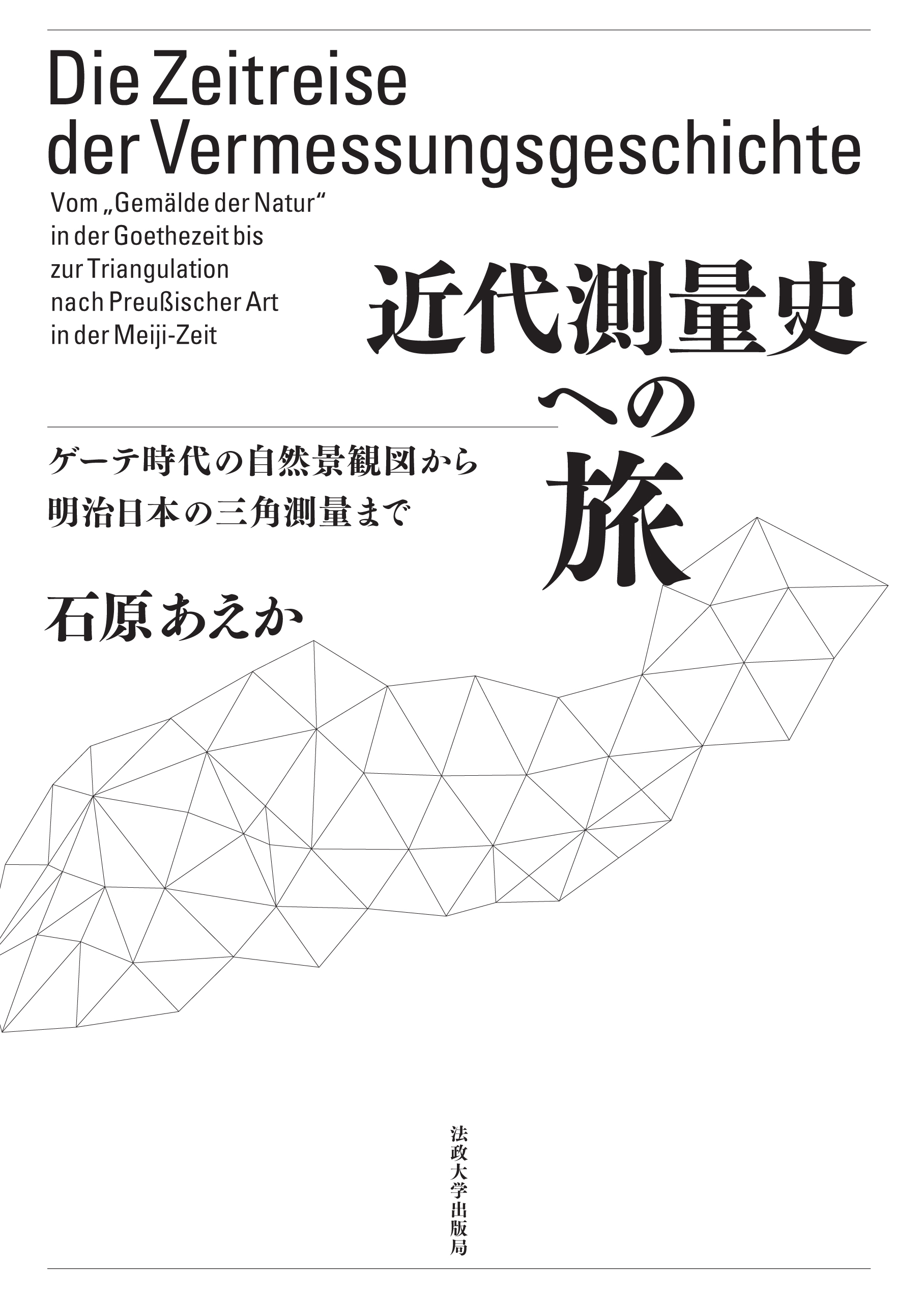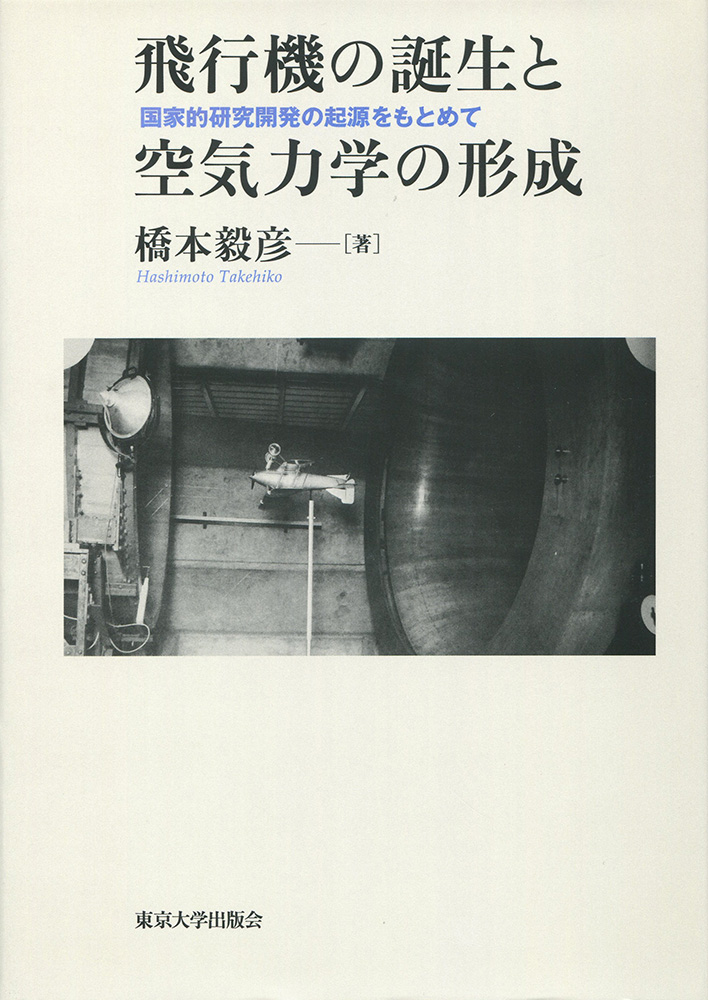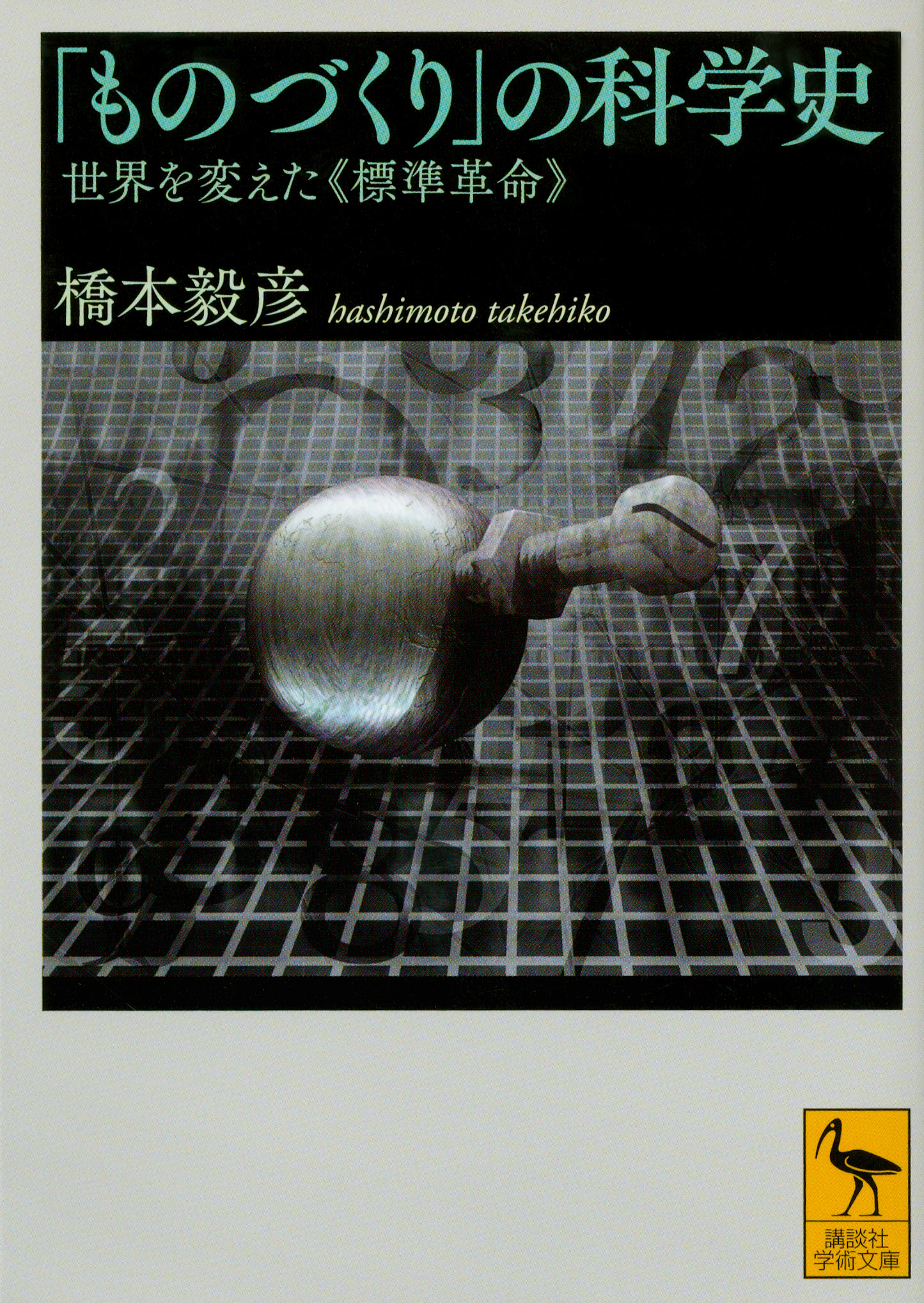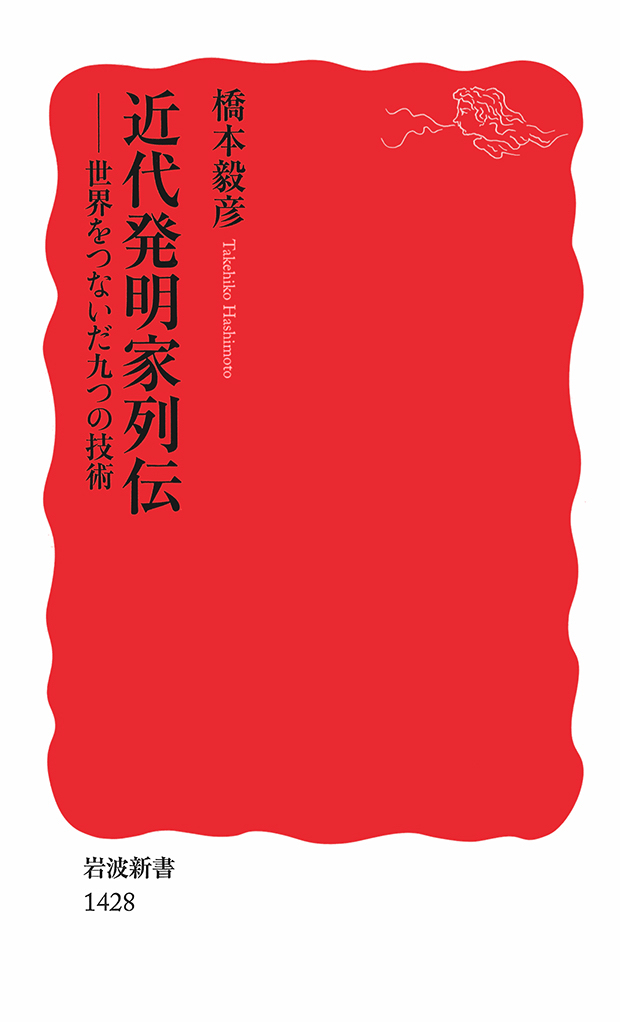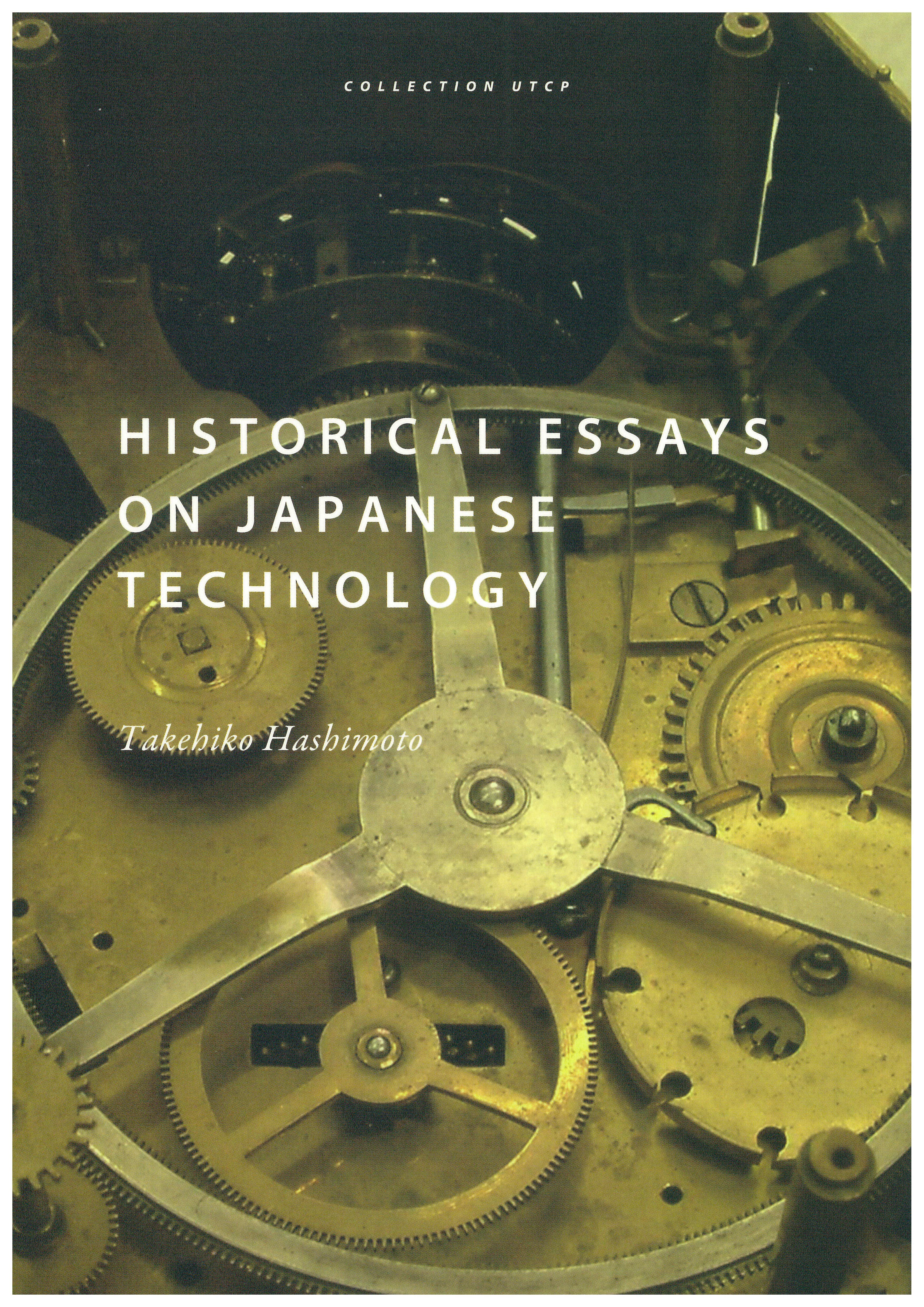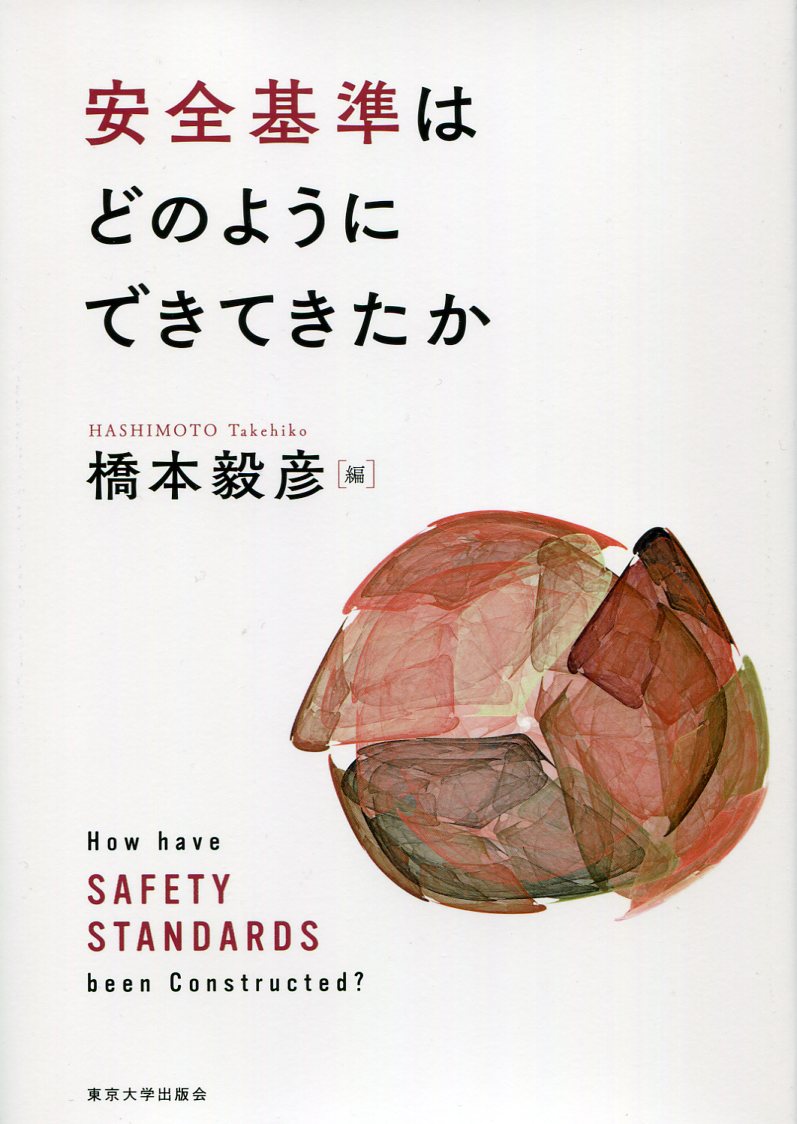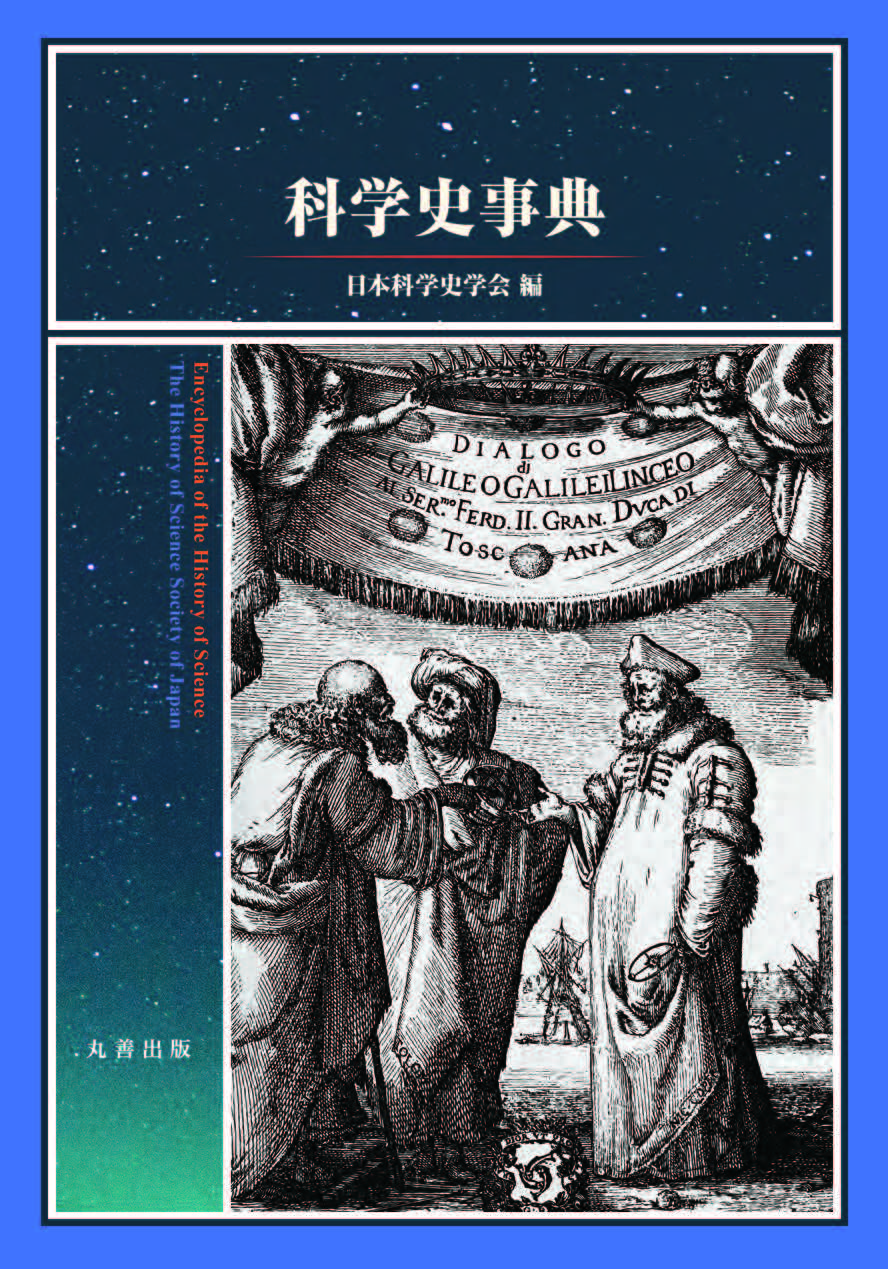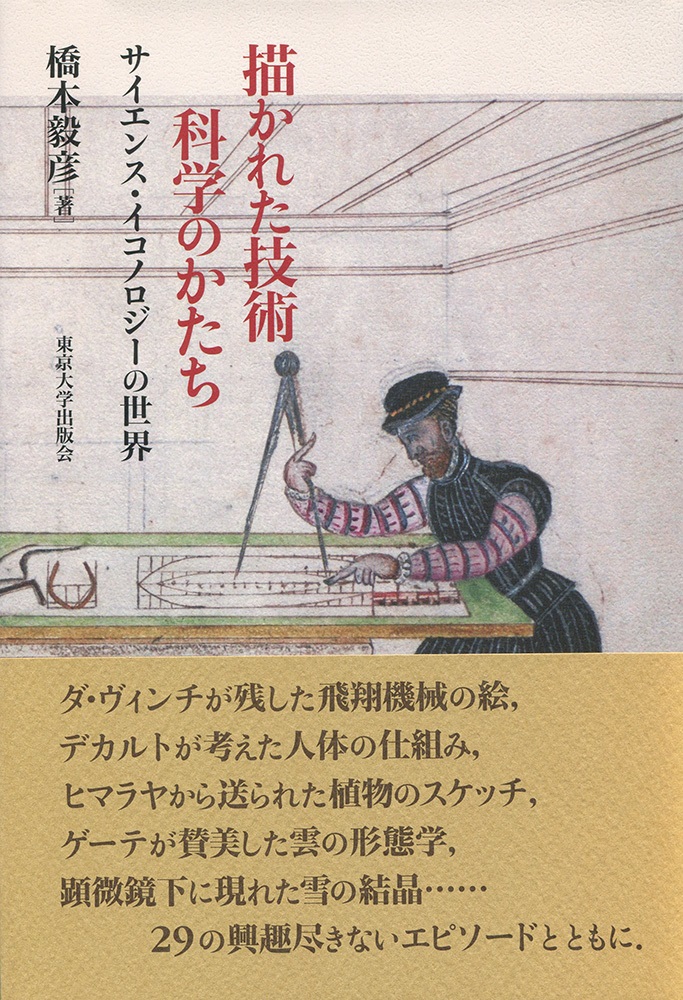
Title
Kakareta Gijutsu, Kagaku no Katachi (Engineering Drawing, Scientific Form - An Iconographic History of Science and Engineering)
Size
312 pages, 127x188mm
Language
Japanese
Released
December 19, 2008
ISBN
978-4-13-063350-5
Published by
University of Tokyo Press
Book Info
See Book Availability at Library
Japanese Page
The University of Tokyo Press’s PR journal UP features a series of short essays under the theme of “Images and Forms in Scholarly Learnings.” This book is written based on my essays composed for this series together with additional writings, covering 29 topics in the history of science and technology. It introduces historically significant episodes with illustrations, photographs, and other images. The use of visual materials in the history of science has been actively studied recently. In writing articles for the UP journal, I owed such recent works in the history of science which discussed images and their historical contexts from various viewpoints. The 29 topics covered in the book are grouped into five categories: images of engineers at work; images of machines and their parts; images relating to the mechanical view of nature; images of materials, life forms, or physical phenomena; and images of scientists engaging in their pursuits. These images are accompanied by commentaries on their background of the history of science and technology. The founder of bacteriology Robert Koch, for instance, employed a microscope to observe bacteria, drew sketches, and took photographs of them. When he searched for the bacteria causing tuberculosis, Koch utilized synthetic dyes and composed illustrations that showed the blue bacteria against the light-brown background. For Koch, visual images had a crucially important role in his bacteriological investigation, as they helped to convey his conclusions to his contemporary medical scientists. As a conclusion of the book, I surveyed recent works on the use of visual images in the history of science and technology and discussed their historical and historiographical significance.
(Written by Takehiko Hashimoto, Professor, Graduate School of Arts and Sciences / 2018)



 Find a book
Find a book


